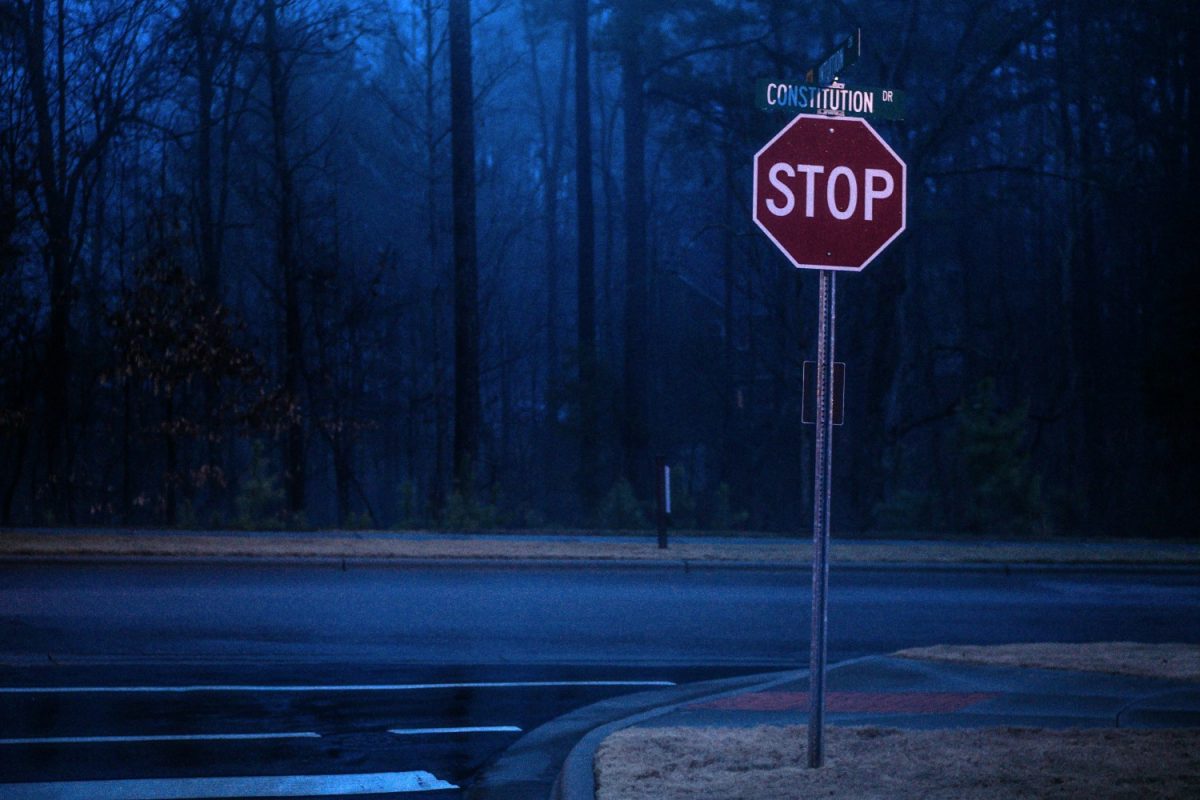On May 9, 2024, the U.S. Supreme Court provided its opinion in the matter of Warner Chappell Music, Inc., et al. v. Nealy et al. In that case, Sherman Nealy sued Warner Chappell Music for copyright infringements that allegedly went back ten years and Warner Chappell didn’t challenge liability on statute of limitations grounds. Instead, it sought to limit the damages that Nealy was entitled to, arguing that the Copyright Act’s statute of limitations only allowed the plaintiff to recover damages or profits for three years.
The decision is highly relevant to many copyright claims we defend against, including those against law firms such as Higbee & Associates, CopyCat Legal, and The Brickell IP Group. If you have received a copyright infringement demand letter or been named a defendant in a copyright infringement case, then feel free to contact us.
The Court ruled that the statute of limitations in the Copyright Act does not create a limitation on the recovery of damages with respect to the number of years that damages can be claimed. If the plaintiff brings a timely claim (and the timeliness of a claim itself was not something the Court dove into), then there is no limit on monetary recovery (other than limits on statutory damage claims).
“So a copyright owner possessing a timely claim is entitled to damages for infringement, no matter when the infringement occurred,” held the Court.
Justice Kagan delivered the opinion of the Court and noted that, for this case, the Court assumed that the copyright infringement claim is timely if brought within three years of when the plaintiff discovered the infringement. It was very clearly stated that the Court has never decided whether a copyright claim accrues when a plaintiff discovers or should have discovered an infringement, rather than when the infringement happened, and that such issue was not properly presented in the Warner matter. Justice Kagan recognized that there is a division among the circuits as to how to apply the copyright discovery rule, but confined the Court’s review to whether there is a three-year limit on damages, finding that there is not such a limitation.
The dissent in this decision, written by Justice Gorsuch with Justice Thomas and Justice Alito joining, is of note. He notes that the “[Copyright] Act almost certainly does not tolerate a discovery rule. And that fact promises soon enough to make anything we might say today about the rule’s operational details a dead letter.”
In other words, the Court deciding not to place a cap on damages may mean nothing at all if the Court, in the future, finds that copyright infringement claims are not proper if initiated more than 3 years after the act of infringement took place. Justice Gorsuch takes the position that the “discovery rule,” which would allow claimants to bring actions beyond that 3-year window, should only apply in cases of fraud or concealment.
“Respectfully, rather than devote our time to this case, I would have dismissed it as improvidently granted and awaited another squarely presenting the question whether the Copyright Act authorizes the discovery rule,” concluded Justice Gorsuch. “Better, in my view, to answer a question that does matter than one that almost certainly does not.”
Is that foreshadowing of what is to come, which is a case in front of the Supreme Court where it decides an even more important issue of whether potential plaintiffs should be restricted from initiating claims outside of a 3-year window from when the infringement occurs, absent fraud or concealment?

